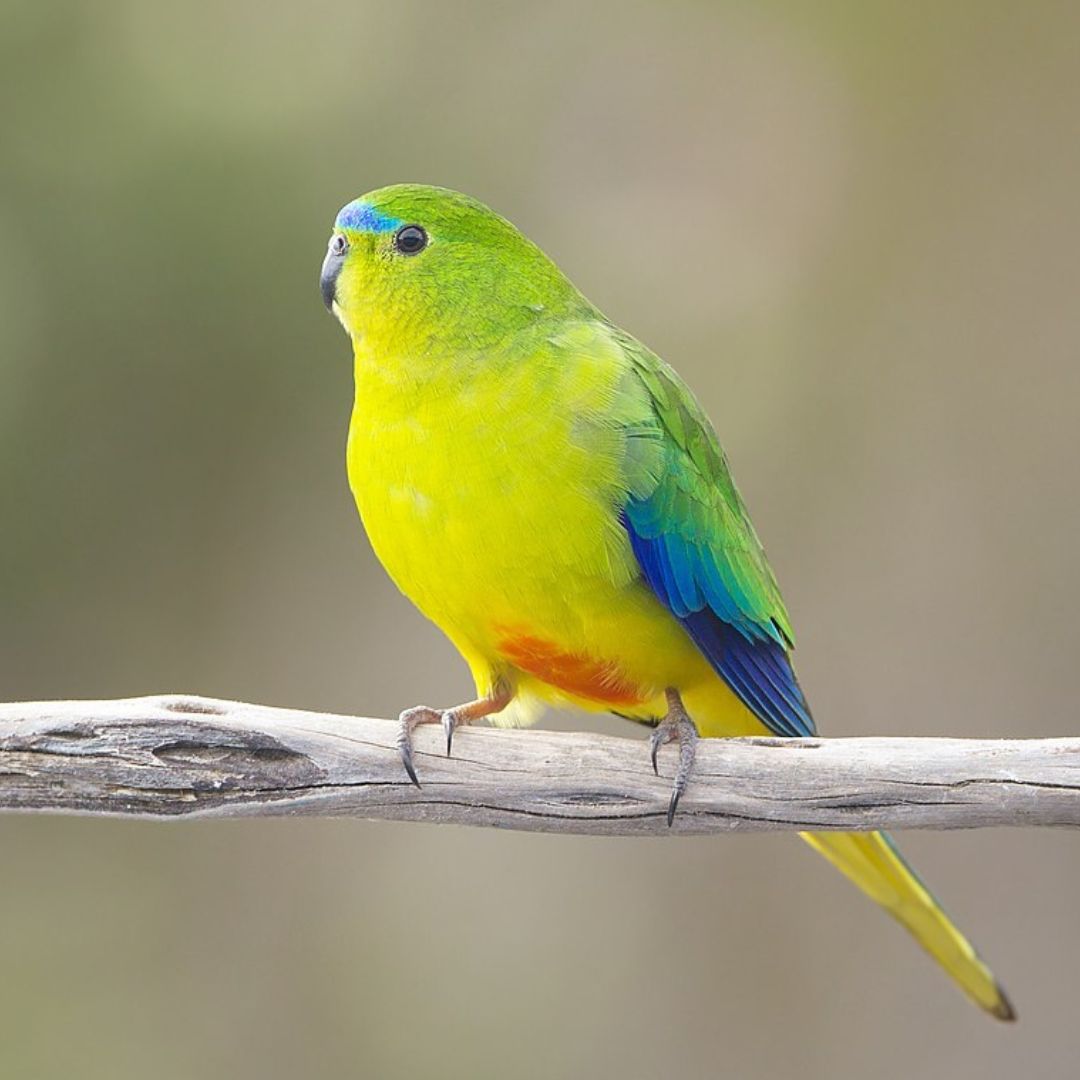National Endangered Species Day encourages global reflection

As an avid and vocal climate activist, one of my biggest concerns has always been biodiversity – specifically within animal species. The idea of losing an entire species of animal always frightened me; to my future kids, my favorite animal could be mythological. However, since the signing of the Endangered Species Act in 1973, that fear isn’t as impending.
While there are definitely species that have gone extinct since this legislation was passed, including frog species such as the golden toad and the mountain mist frog, it’s important to look at the success there has been. Many climate conversations focus on the negatives, and it can be highly discouraging for people to be inspired to fight biodiversity threats. There needs to be equal emphasis on the positive climate related stories, such as the world’s ever increasing use of renewable energy.
Today we celebrate the National Endangered Species Day, occurring every third Friday in May since 2006. This day inspires millions of people to learn about endangered species and how we can further protect them. With just over 290 species saved from extinction due to the 1973 Endangered Species Act, we sadly cannot recognize them all in one article. Instead, I’ve compiled a list of 10 of my favorite animals that, while still threatened, have been helped.

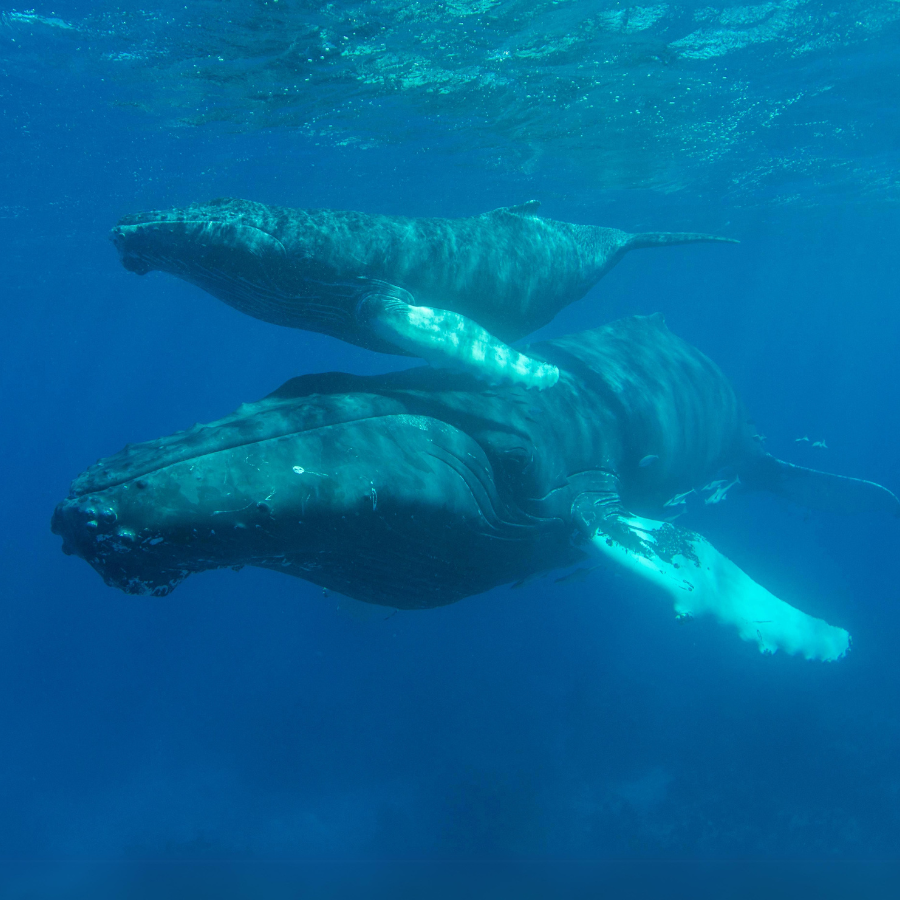
The largest animal to ever exist, blue whales were once critically endangered due to worldwide commercial whaling – the act of hunting and killing whales for food and oil. This species is now just listed as endangered, with an estimate of 25,000 blue whales populating the seas; it’s estimated that there were around 250,000 blue whales before mass whaling.
Organizations across the globe are doing their part to help raise the population numbers once more, including mapping migration routes and ensuring climate change policies lessen ocean impact. These legislations and acts are important as whales are a vital species in combating climate change, feeding phytoplankton who help generate oxygen and absorb carbon dioxide.
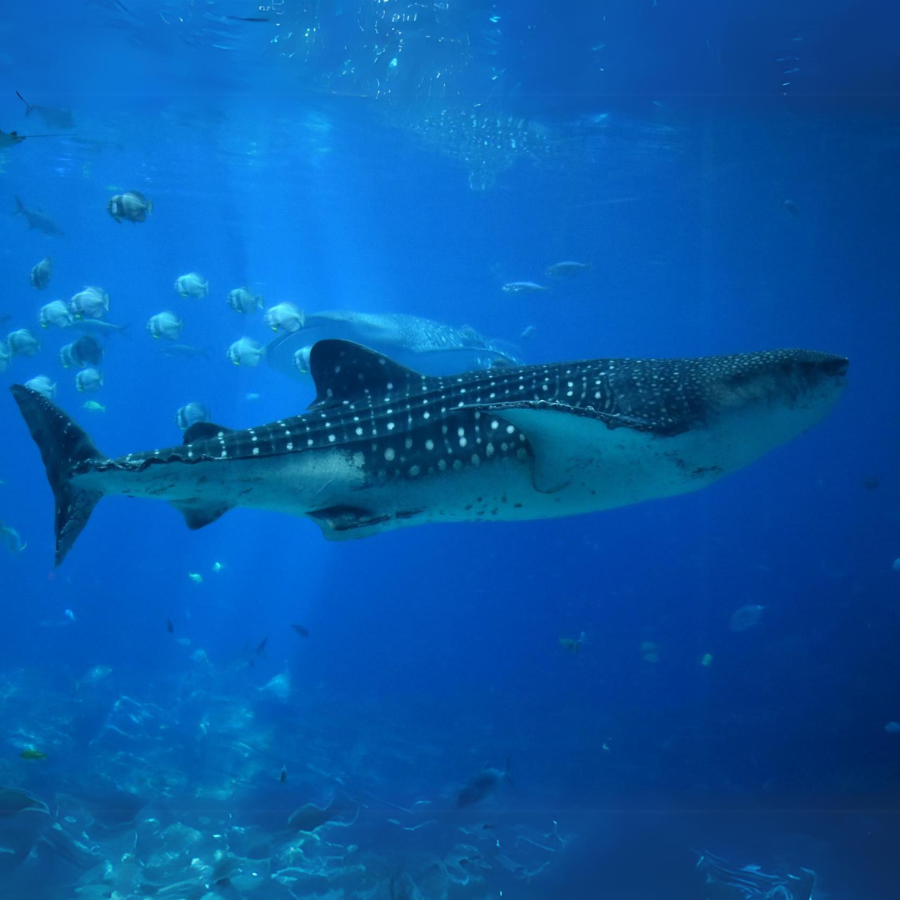
Despite the name, these incredible animals are not actual whales. Whale sharks are the largest fish to exist, and are endangered; along with blue whales, one of their biggest threats are vessel strikes. They’re also victims of finning – these sharks are caught and violently removed of their fins before being released back into the ocean to die. The United Nations have passed lots of legislation to help protect these fish, even helping to close whale shark fisheries across the globe.
While the amount of whale sharks in our oceans are lower than preferred, the population is slowly increasing due to the laws in place to protect the species. Whale sharks help regulate plankton levels in the ocean, stopping them from increasing so dramatically that they harm ecosystems. Additionally, the presence of whale sharks help show that the area of the ocean is healthy and thriving.
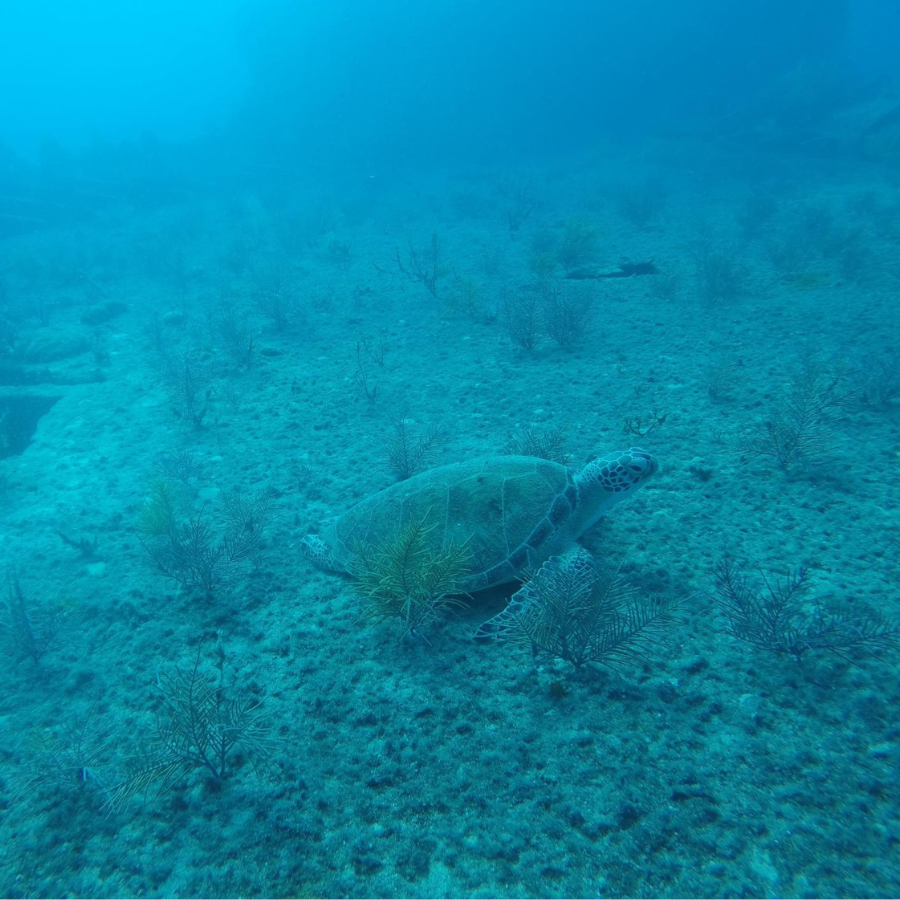
In comparison to other species on this list, the green turtle has double the threats as they live both in the sea and on the land. In the ocean, these creatures become entangled in fishing gear and ingest all sorts of plastics. On the land, beach development threatens their nesting sites and can cause baby turtles to move towards artificial lights, moving the babies toward humans and away from the ocean. Additionally, sea turtles are harvested illegally, their meat and eggs used in some countries for food and their shells used for jewelry. Along with being federally protected, green sea turtles are protected in Florida under Florida’s Endangered and Threatened Species Rule and Florida’s Marine Turtle Protection Act.
These rulings restrict any possession or disturbance towards any marine turtles, their nests and their eggs. Turtles are also being satellite tracked, allowing researchers to keep up with them and understand their migration patterns. This allows researchers to anticipate the species coming in contact with any potential human made threats. With nearly 90,000 green turtles left, we need to continue the protection as they maintain the seagrass and algae, which provides homes for some species and nurseries for others.
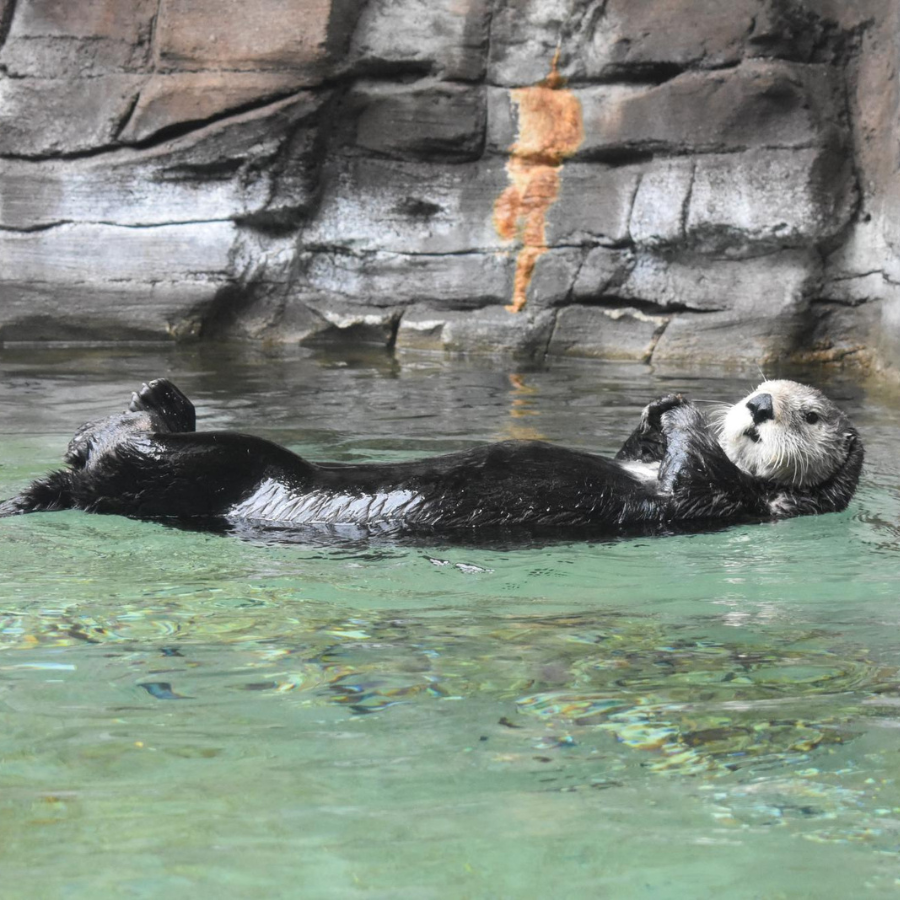
Sea otters – the fluffy carnivores that have stolen the hearts of millions across the globe – are very endangered, with only about 3,000 wild otters thought to exist in the North Pacific Ocean. Their populations were once thought to be in the 300,000s, but fur traders and hunters in the 1700s and 1800s severely depleted their numbers. In fact, sea otters were thought to be extinct in the 1920s until a group of 50 were found off the coast of California.
Since their placement on the Endangered Species Act, their populations have slowly increased. Sea otter populations are still fragile; oil spills are one of their biggest threats, with a single tanker being able to take out the entire California sea otter population. Nationally, the federal government is working to lessen water pollution, helping clean the water and thus the otter’s home. This species is extremely important, maintaining ecological health by eating sea urchins and other invertebrates that are potentially damaging.

Nicknamed the cows of the sea, manatees are vital to maintaining the health of seagrass. However, despite no natural predators, the manatees are endangered with an estimate of nearly 9,000 left in Florida. Their biggest threat is habitat loss and boat collisions; as they live in shallow waters, they are more susceptible to boat accidents since they cannot dive away from these vehicles. Additionally, water pollution creates algal blooms, some of which are toxic to ingest, killing the manatees.
The National Wildlife Federation, along with other companies, are working to restore the natural manatee habitat, as well as improving water quality and educating boaters on the needed conservation of this species. Despite a small population, the manatees were reclassified in 2017, now labeled as a threatened species versus endangered – all due to conservation efforts put in place by both the federal government and the local Florida government.


Some of the clumsiest bears to exist, giant pandas, who were once endangered, are vulnerable, officially putting them on the road to recovery. The biggest threat to these adorable creatures is habitat loss; with their natural habitat in China, the growing development of the country has decreased bamboo forests and isolated the species from one another.
In the 1980s, there were around 1,000 pandas in China; the current population is estimated to be around 2,000 pandas in the wild. Conservation efforts to help these black and white bears include a growing number of panda reserves, development of bamboo corridors and decreasing China’s carbon footprint. These efforts need to be continued and strengthened if we want to increase the number of giant pandas in the wild – their survival is crucial to the survival of other species such as the takin and the golden monkey.

Rhinos, the majestic, large, horned mammal that lives in Africa and Asia, have five species, and each one is endangered – mainly because of poaching. While the black rhino, Javan rhino and the Sumatran rhino are critically endangered, the white rhinos and the greater one-horned rhinos were saved from total extinction. The rhino horn is in high demand, despite the banning of trading, selling and obtaining these objects.
Conservation efforts for rhinos include working to investigate and crack down on poaching, expanding and protecting areas for rhinos and transporting the species to secure locations such as zoos. Implementing these actions allowed us to save the white rhino and the greater one-horned rhino, so we know there is hope for the other three species. These creatures help regulate the African landscape, and without them both the local people and animals would greatly suffer.
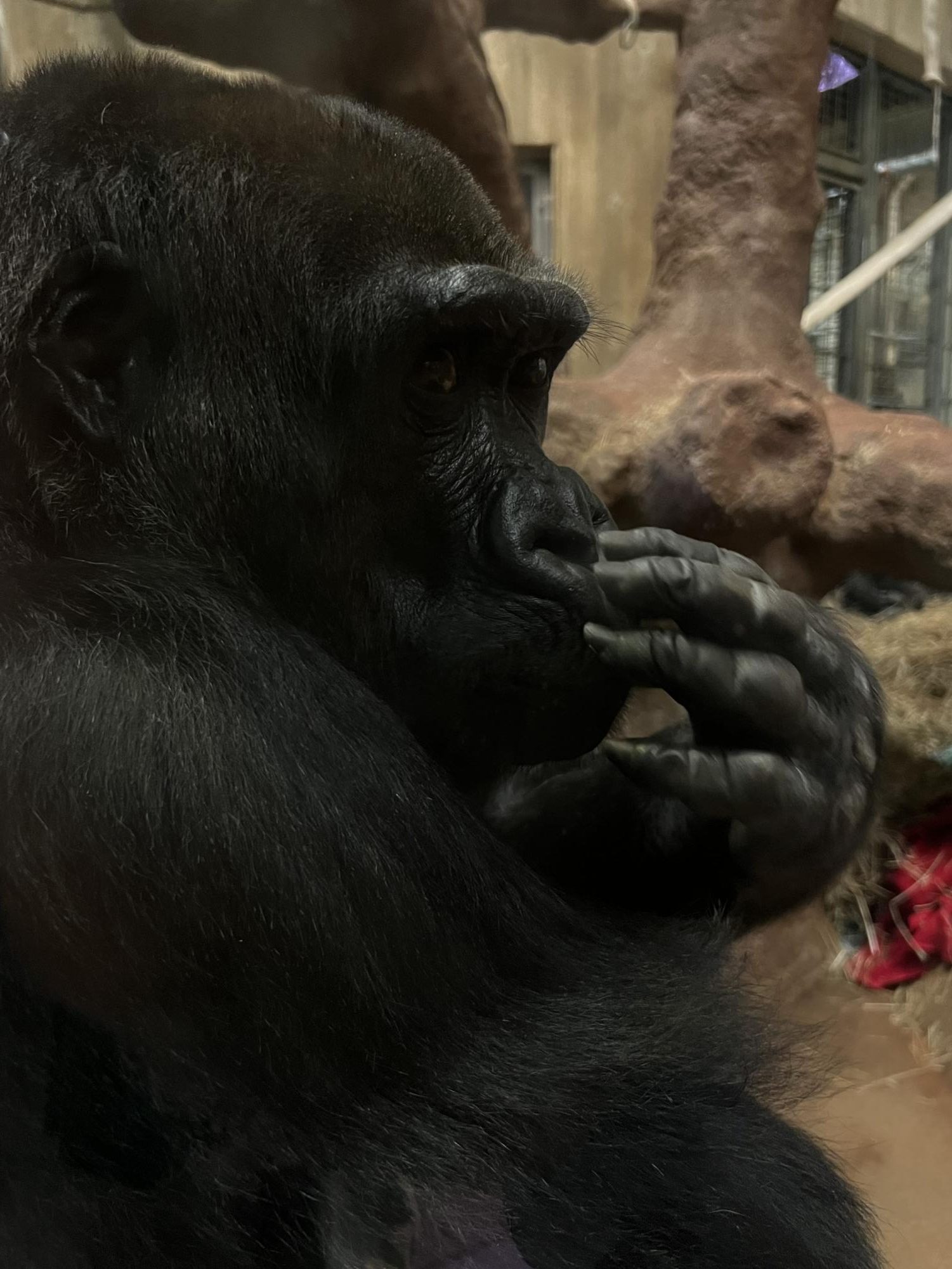
Almost our direct relative, with 98 percent of their DNA identical to humans, all four subspecies of gorilla are endangered – classified such by the International Union for Conservation of Nature. These mammals are affected by habitat loss, disease and poaching; these dangers have brought all four populations down, but conservation efforts have shown benefits. Since 1989, the Mountain gorilla population has increased from 620 to just over 1,000; the Cross River gorilla population is fewer than 300, although the species was thought to be extinct in the 1960s; the Western Lowland gorilla population is difficult to track down due to how widespread they are, but it is believed to be in the 100,000s; finally, the Eastern Lowland gorilla population is, sadly, crashing drastically, with the population now under 4,000 due to poaching.
The World Wildlife Foundation is working with their African Great Apes Programme to improve the effectiveness of protected forests and other areas, as well as stopping the illegal gorilla and gorilla products trade. We need to continue our conservation efforts as the gorillas play a key role in keeping the Congo basin healthy, lush and biodiverse.

The Galápagos penguin is the only penguin species found north of the equator, located in the Galápagos, and has a population of fewer than 2,000. These birds are threatened by pollution, bycatch, climate change and a variety of diseases; the rising sea levels are lessening the available caves for them to nest in, making nesting and growing the population difficult.
These penguins are protected within the islands as the Galápagos is both a national park and a marine reserve. Stabilizing and growing this population is vital to the biodiverse ecosystem in the Galápagos as they help regulate and provide food to the various species. Additional conservation efforts include researching the habits of the penguins and creating nesting sites, slowly but surely raising the declining population.
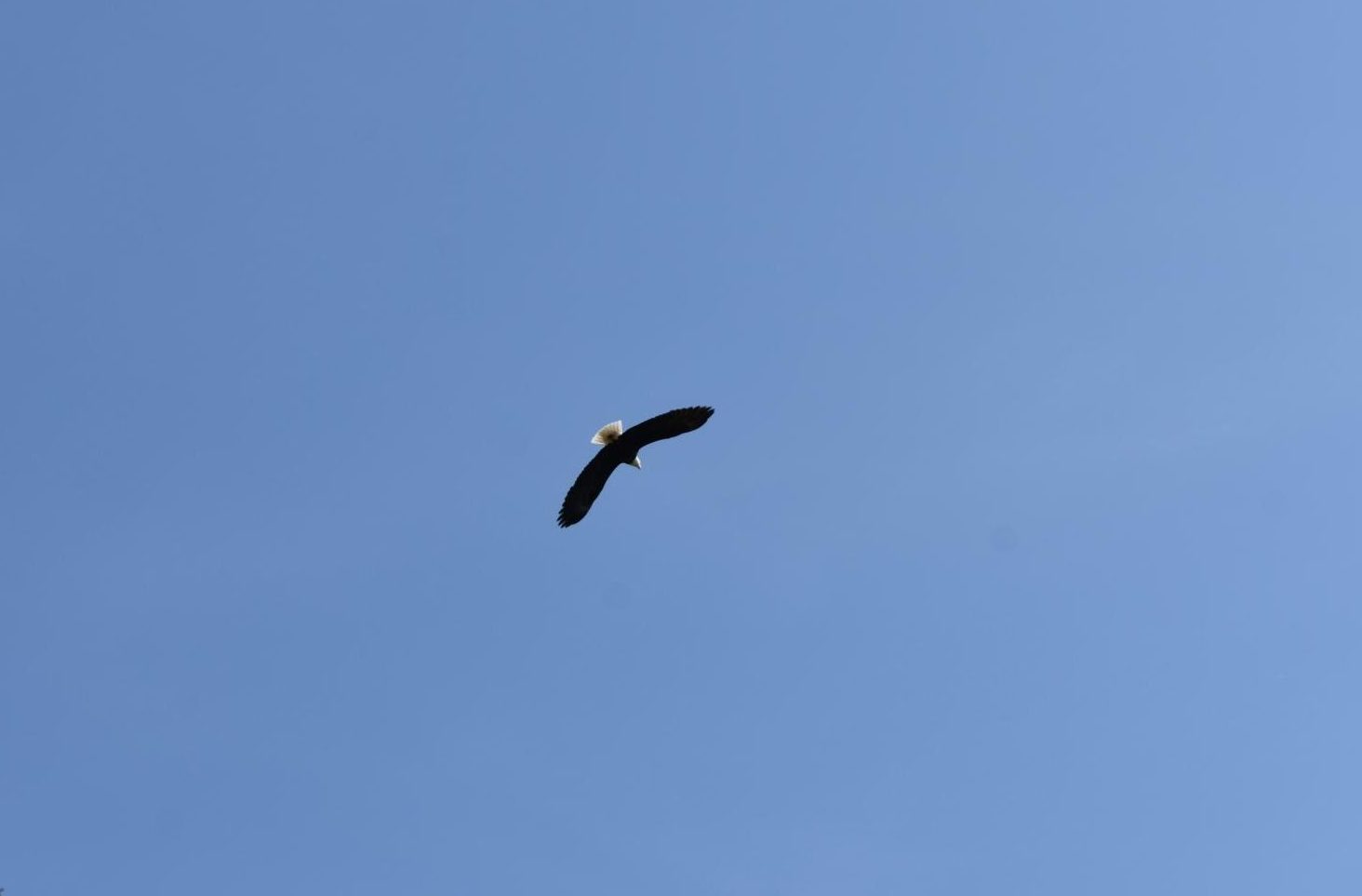
The bald eagle is one of the most iconic Endangered Species Act success stories, moving our nation’s bird from the brink of extinction in 1963 to being a least concerned species in 2007. These gorgeous, iconic birds were shot down and hunted, believed to be protecting livestock and salmon populations across the United States. Killing bald eagles became a federal crime in 1940 when Congress passed the Bald Eagle Protection Act.
Along with this law, the bald eagle habitat protection and additional conservation efforts have helped nearly quadruple the population numbers since 2007. Because of everything that was done, spotting a bald eagle once again is a common occurrence throughout the United States, with Alaska, Minnesota and Florida having the largest populations. Bald eagles should be living proof that, with continuous hard work, all of the animals on this list can, and one day will, be removed from the Endangered Species Act.



